Today will be the first of many visits to The Bronx, the only borough whose name is preceded by a definite article, an omission I won’t make again. Castle Hill, a neighborhood in the southeast portion of the borough, got its name from Dutch explorer Adriaen Block who, when navigating up the coast, saw a Swianoy Indian village located in the distance and somehow thought the cluster of buildings resembled a castle. The Siwanoy’s name for the settlement was Snakapins, which, despite sounding like a delicious treat, actually means Land Between Two Waters.
This beautiful map that Block made in 1614 was the first to use the term New Netherland and the first to depict Long Island and Manhattan as actual islands.1
After what was undoubtedly a raw deal for the Siwanoys, Castle Hill came into the possession of various Dutch and English families, including John Cromwell, cousin of Oliver “Warts and all” Cromwell, Lord Protector of England2. In 1898 The Bronx, including Castle Hill, was annexed from Westchester and became part of New York City.
HUTS
After WWII, returning veterans had trouble finding a place to live as the Depression had halted any new development projects in the city. Enter the Quonset hut. A prefab half-cylindrical structure made from corrugated steel, the Quonset hut was developed in the 40s by the US Navy. The design’s main selling points were the ease with which it could be transported and assembled. Infamous city planner Robert Moses determined that the numerous empty lots in the city, including those in the Southwest Bronx, were a perfect place to house the returning GIs and had scores of the surplus wartime huts delivered and assembled on the underdeveloped land.
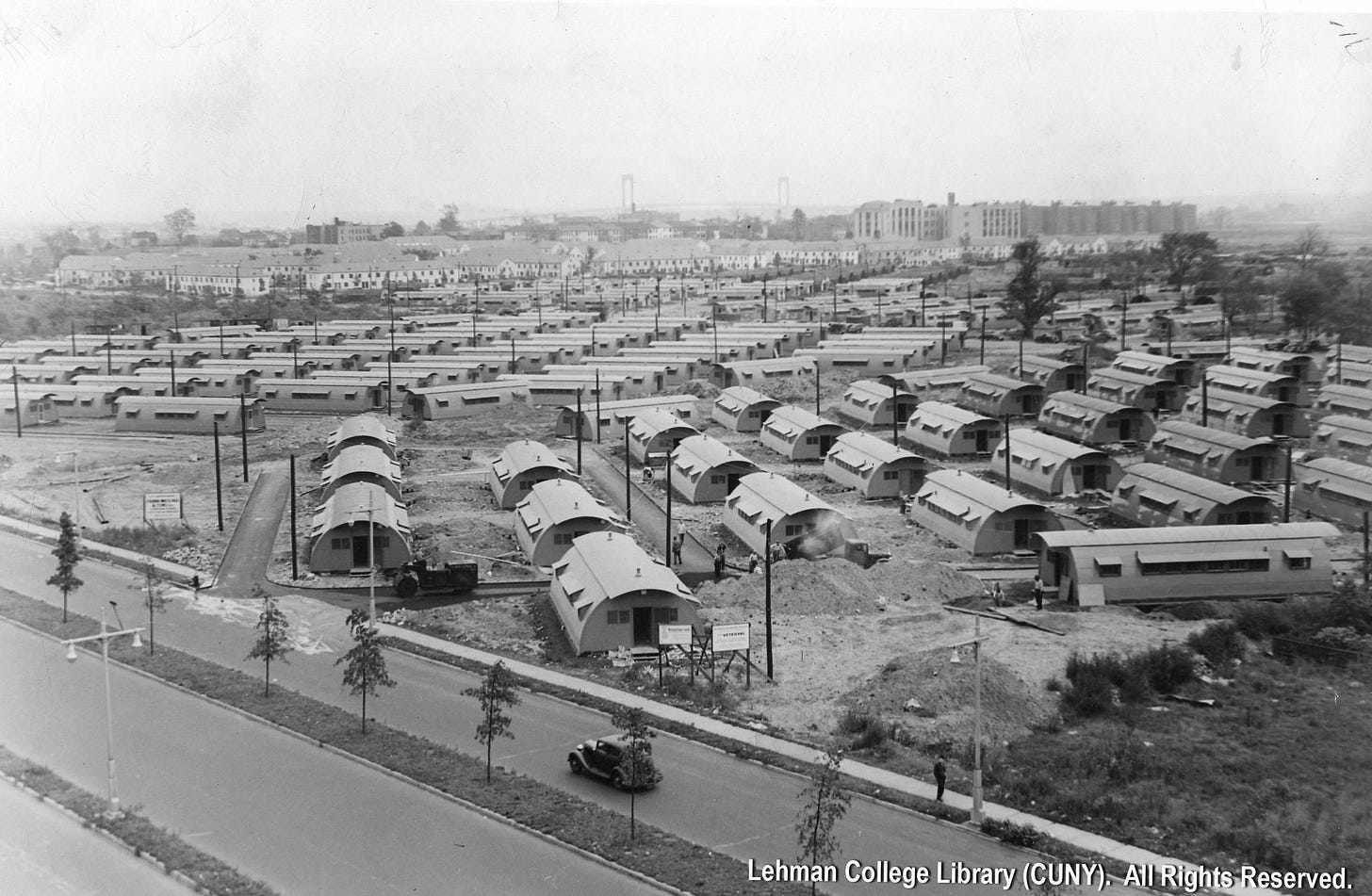
CASTLE HILL HOUSES
By 1959, the Quonset Hut village was gone, replaced by New York City Housing Authority's (NYCHA) Castle Hill housing projects, providing apartments to over 5000 people in a considerably more vertical footprint. Astrophysicist Neil deGrasse Tyson spent his early years in The Castle Hill Houses and remembers the time fondly.3
We lived in the Castle Hill middle-income housing project in the Bronx and it felt like a real community, with playgrounds and playing fields amidst all the buildings.
Today, like most public housing projects, The Castle Hill Houses are woefully underfunded. The buildings recently held the dubious distinction of having the most open work orders of any of the city’s housing projects at over 11,000.4
JENNY FROM THE BLOCK
Castle Hill’s most famous former resident is, without a doubt, Jennifer Lopez ne J Lo, ne Jenny From the Block. The block, in this case, is 2210 Blackrock Ave. The song, Jenny from The Block, is supposed to be about staying true to her Bronx roots. One critic called the song "infectious" but noted that it is "more like a disease than a chunky casserole."5 Here is a bonus video of J Lo visiting her childhood home where the current occupant could care less.
CURSED
I would be remiss if I didn’t share some of the troubles I encountered during my three neighborhood visits.
I
On my first trip to Castle Hill, I had been exploring and photographing for roughly an hour when, inexplicably, I managed to drop my camera onto my head. As I have no recollection of the moments immediately preceding and following the impact, I’m unable to explain exactly how it happened. All I know is that it hurt, so I decided to head home.
II
I returned to the neighborhood on a blustery afternoon last week, determined to finish what I had started. Beginning at the shore, I made my way through a dense thicket of common reed found throughout the city’s coastland and came upon a makeshift clearing on the edge of the marsh, with some benches, a fire pit, and a view of the Throgs Neck Bridge.
Continuing around the point, I clambered up some rocks into a small parking area. I reached for my phone and realized it wasn’t there. Despite repeatedly patting all my pockets, the phone failed to materialize. I retraced my steps, picking my way through the deflated exercise balls, coconut husks, and sundry flotsam and jetsam6 dotting the shoreline, but after 45 minutes of searching, I came up empty-handed and, again, decided to go home.
III
Against my better instincts and armed with a new phone, I mustered the resolve for one final expedition to the neighborhood. I started again at the shore, hoping I might somehow spot my lost phone. As I was making my way over a jumble of rocks, my feet suddenly went sailing out from beneath me, and I landed with a sickening thud on top of a seaweed-strewn boulder. Though my injuries were minimal, my entire back was covered in an unsightly layer of brown beach sludge (something I remained wholly unaware of until someone pointed it out in disgust several hours later).
Defeated, I began the journey back along the water’s edge, steering well clear of the treacherous rocky path. While this seemed like a sensible decision, the neighborhood had one final act of humiliation in store for me. All of a sudden, my foot plunged down several inches and, with a tremendous sucking noise, disappeared into a miniature sinkhole. My shoe was immediately filled with cold seawater and the same silty muck that coated the back of my shirt. While I eventually managed to free myself, a small piece of my soul (and maybe my phone) remains stuck at the bottom of that murky quicksand pit on the shores of Castle Hill.
SIGHTS AND SOUNDS
Most of this week’s recording was captured while fruitlessly searching for my phone around Pugsley Creek.
FEATURED PHOTO
Today's featured image is from photographer Percy Loomis Sperr, whose work I discovered while working on a project retracing his steps on Staten Island. Sperr made tens of thousands of photographs in his capacity as the New York Public Libary's official photographer. I'll be sharing quite a bit of his work here in the future.7
Notes
My food and drink recommendation of the week is for the coffee shop “The Way” on the border of Castle Hill. I think it is probably the only place you will find an oat latte in the neighborhood, and I know it’s the only place you will find an oat latte prepared by a Mennonite barista. So, if you’re in the area, make sure you are wearing good boots and your phone and camera are secure, and check out the Way.
It’s amazing that maps with any degree of accuracy could be made in the days before airplanes and satellites. I’m pretty sure you’re not reading this for a treatise on early 17th-century cartographic techniques, but if that sort of thing interests you, here is a very short but interesting Cambridge University video on how it was done, albeit 100 years later.
The actual “Warts and all” quote is a distillation of this quote from Cromwell when speaking to his portraitist, "use all your skill to paint your picture truly like me, and not flatter me at all; but remark all these roughness, pimples, warts, and everything as you see me. Otherwise, I will never pay a farthing for it".
Button, Simon. “Neil DeGrasse Tyson: I Remember - Reader’s Digest.” Www.readersdigest.co.uk, 14 Feb. 2023, www.readersdigest.co.uk/culture/celebrities/neil-degrasse-tyson-i-remember.
Hicks, Nolan, and Oumou Fofana. “NYCHA’s Repair Backlog Surpasses 11,000 at Bronx’s Castle Hill Houses.” New York Post, 26 Nov. 2021, nypost.com/2021/11/26/NYCHAs-repair-backlog-passes-11000-at-nyc-castle-hill-houses/.
Cinquemani, Sal (November 20, 2002). "Jennifer Lopez This Is Me…Then". Slant Magazine. Retrieved October 1, 2015.
Flotsam and jetsam are terms that describe two types of marine debris associated with vessels. Flotsam is defined as debris in the water that was not deliberately thrown overboard, often as a result from a shipwreck or accident. Jetsam describes debris that was deliberately thrown overboard by a crew of a ship in distress, most often to lighten the ship's load. The word flotsam derives from the French word floter, to float. Jetsam is a shortened word for jettison. Courtesy NOAA
Irma and Paul Milstein Division of United States History, Local History and Genealogy, The New York Public Library. "Bronx: Hermany Avenue - Havemeyer Avenue" The New York Public Library Digital Collections. https://digitalcollections.nypl.org/items/510d47dc-aa35-a3d9-e040-e00a18064a99

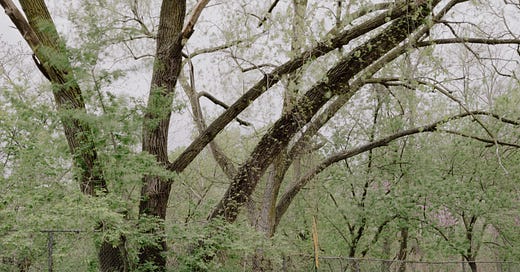


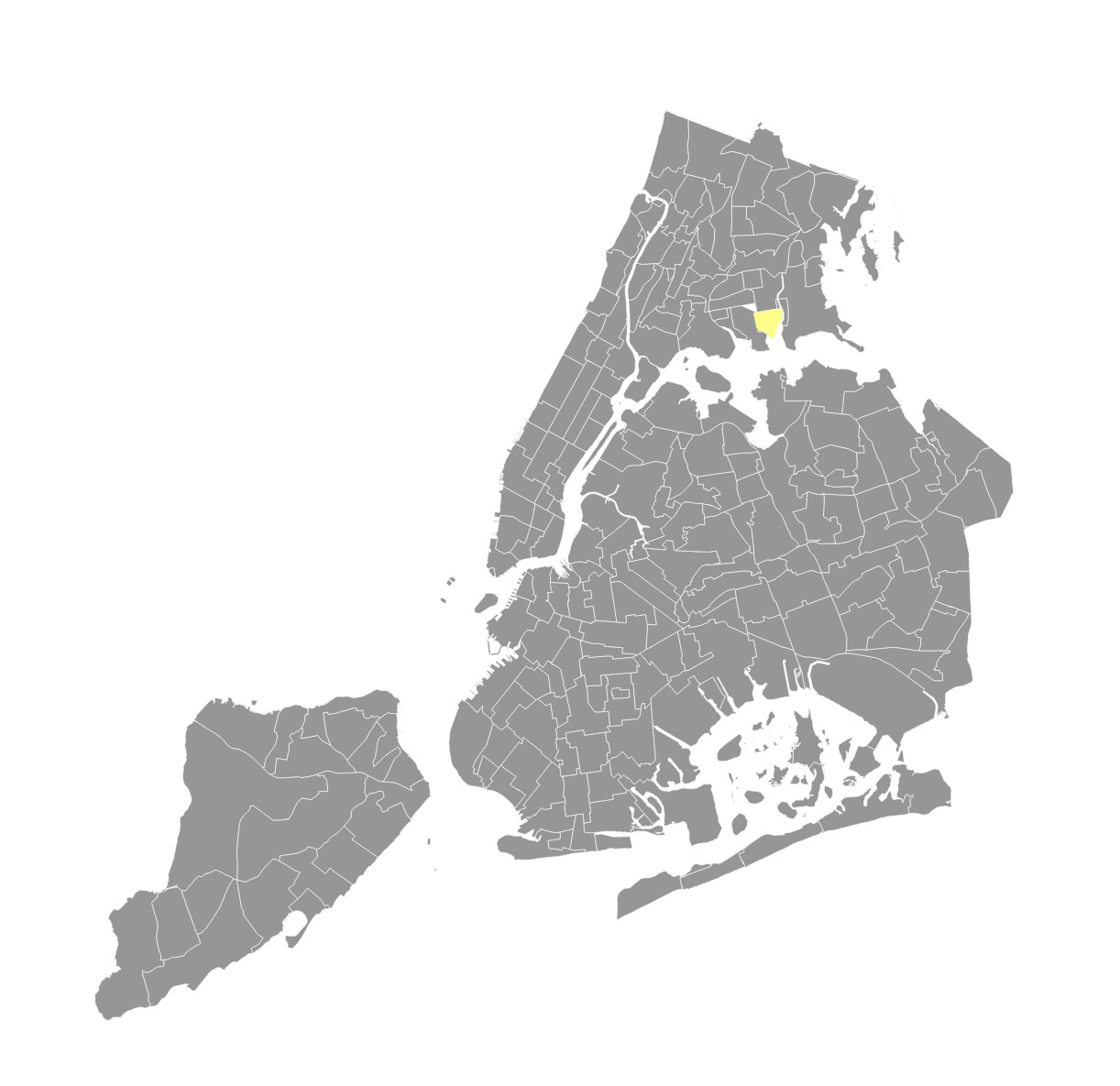
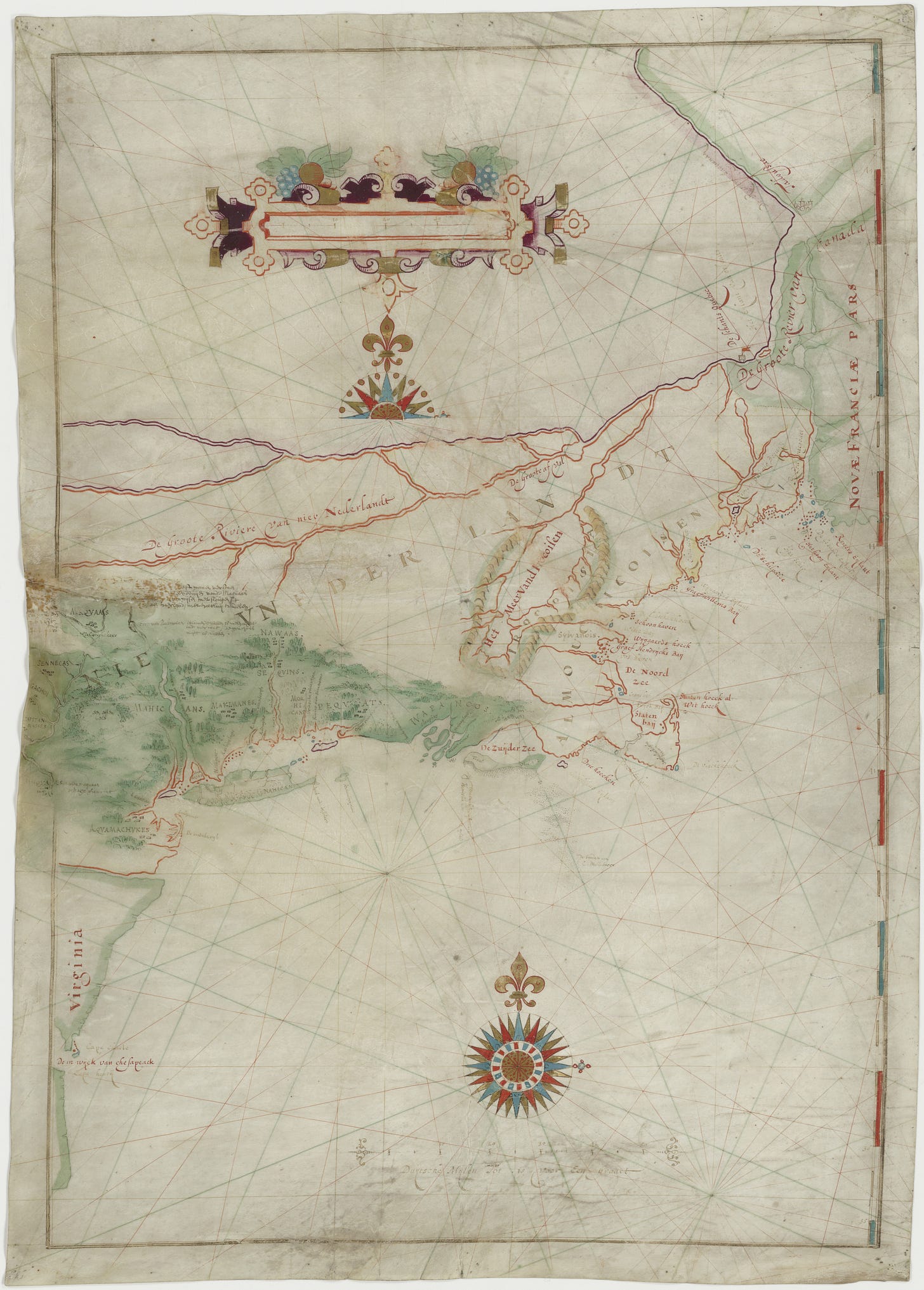
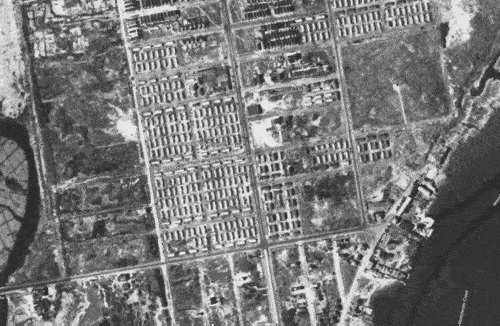
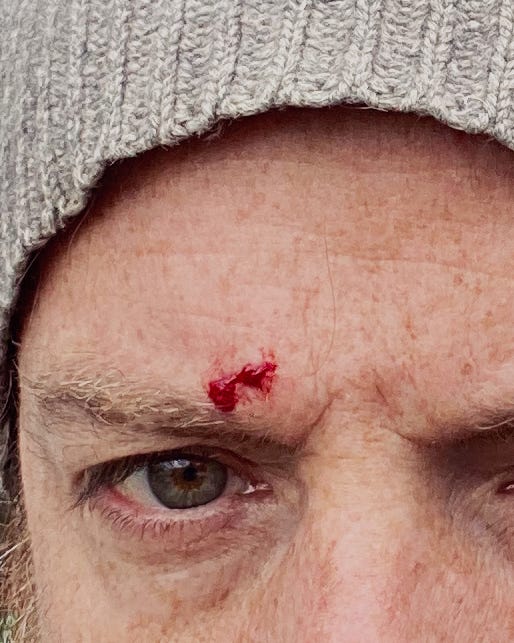
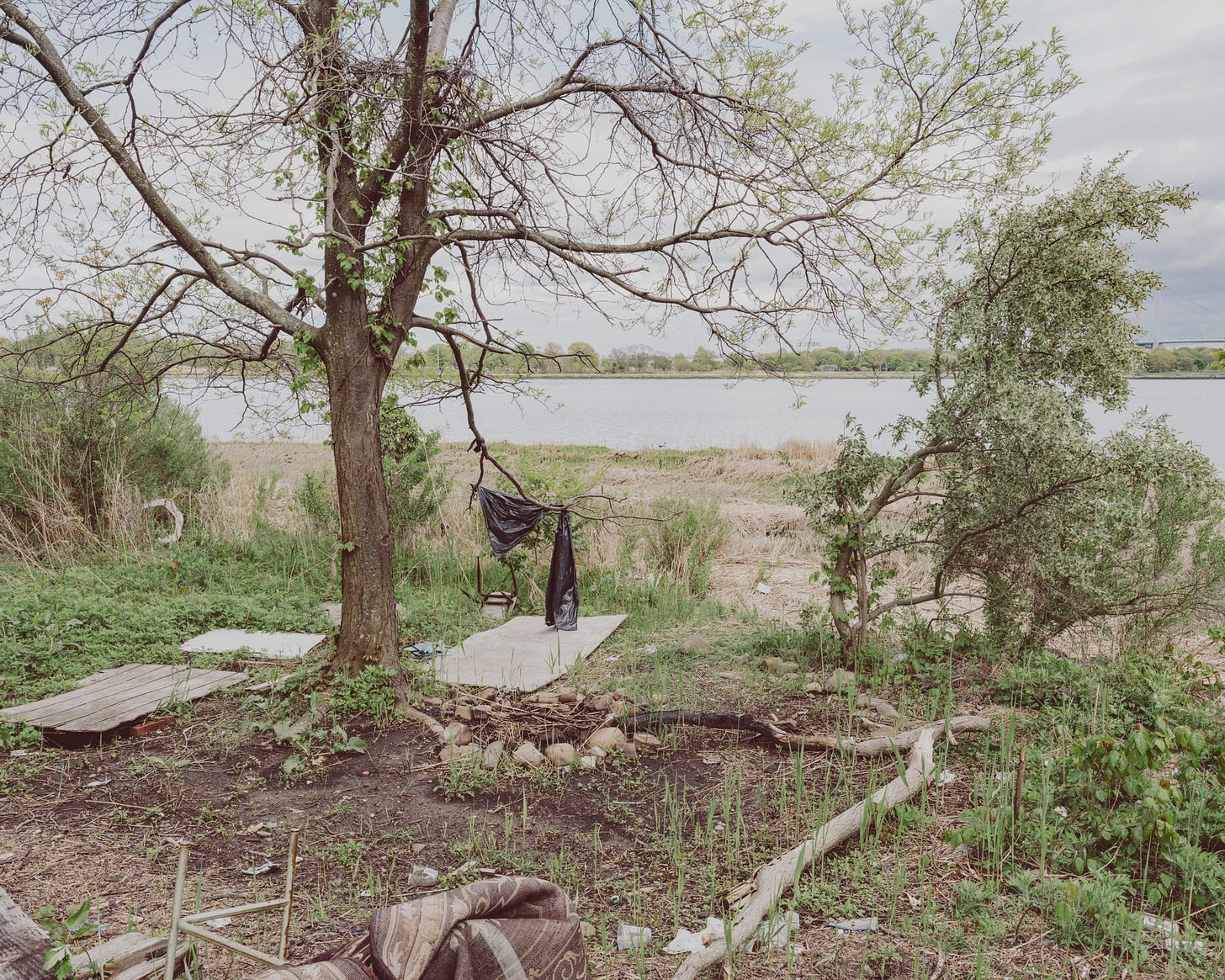

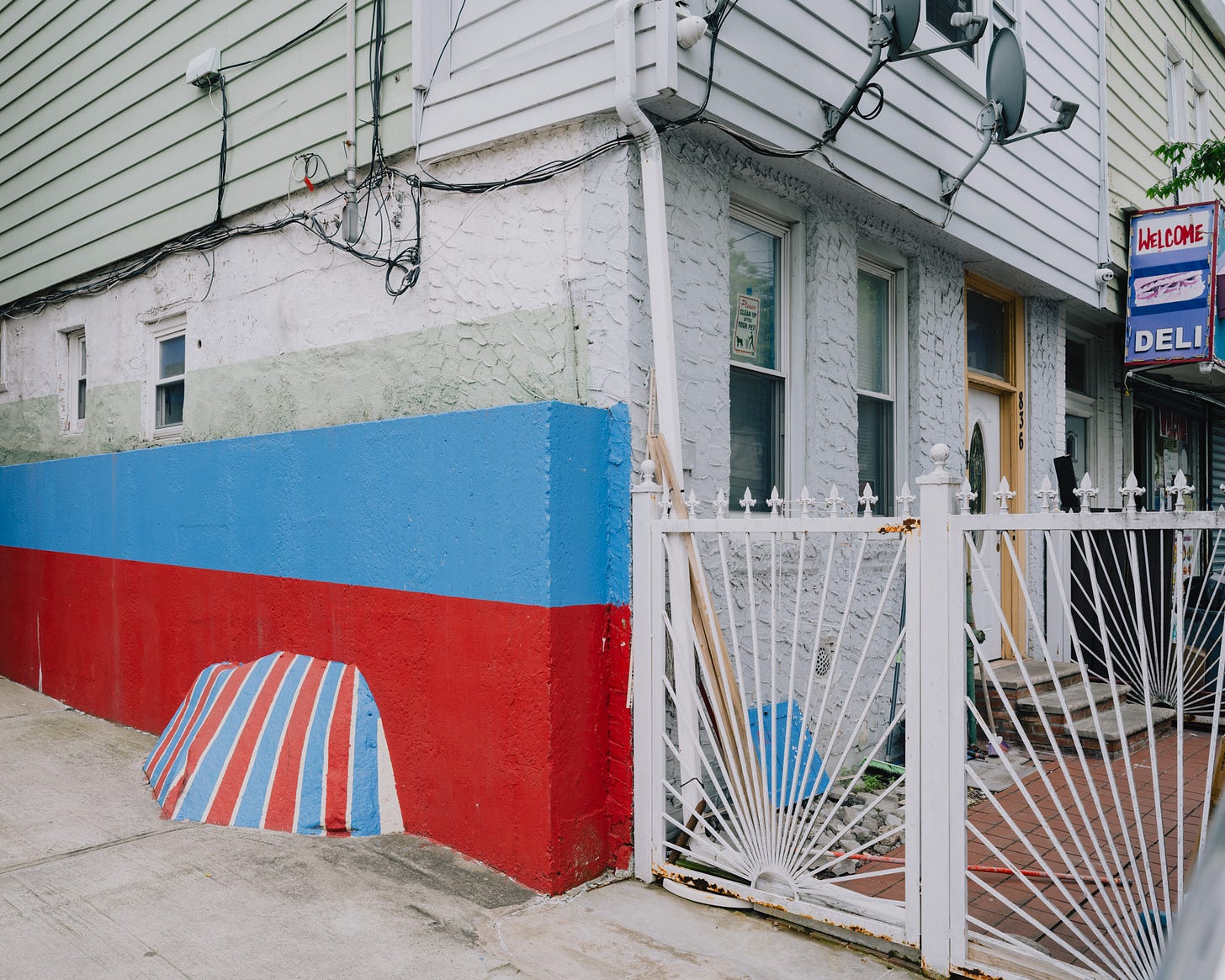
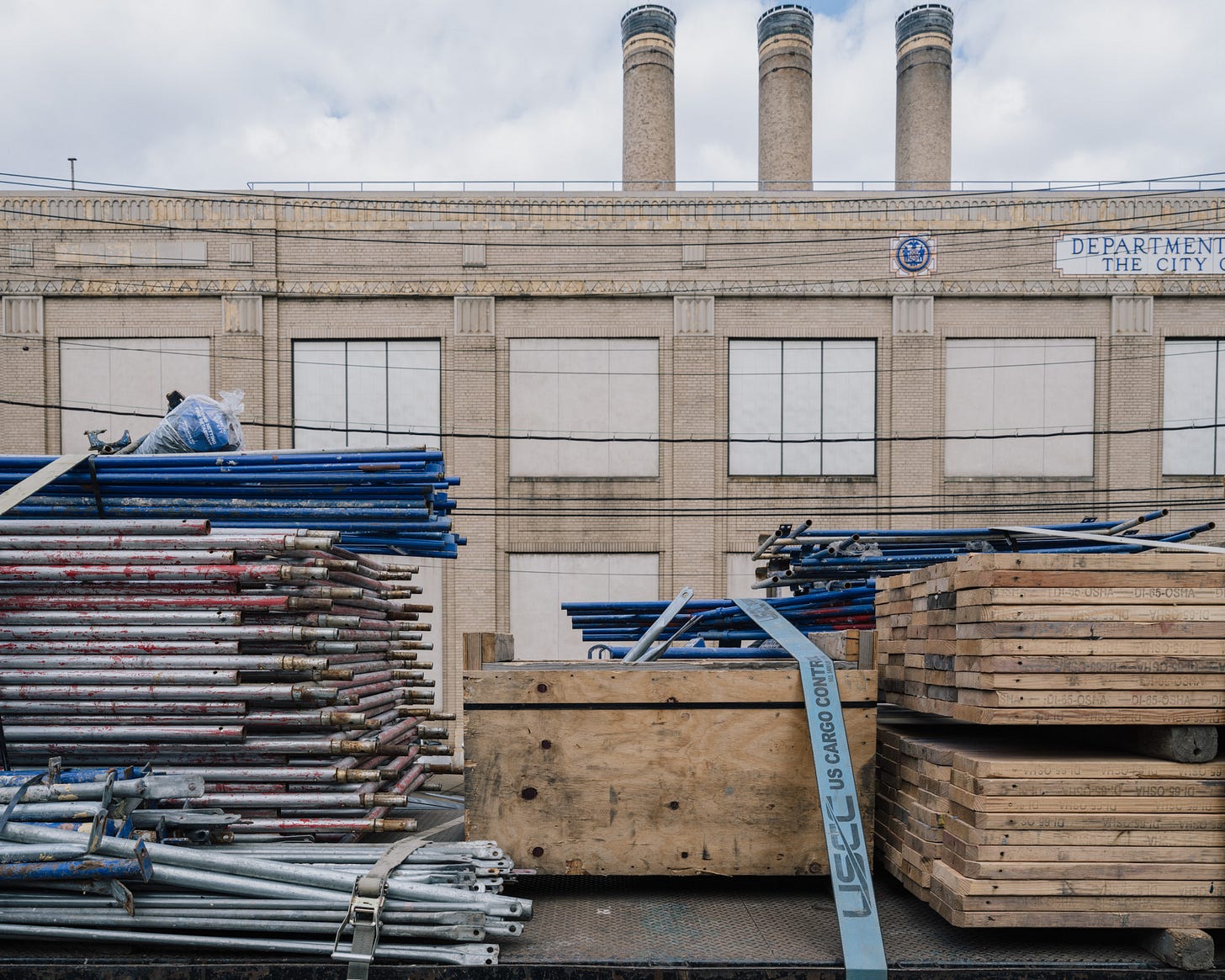
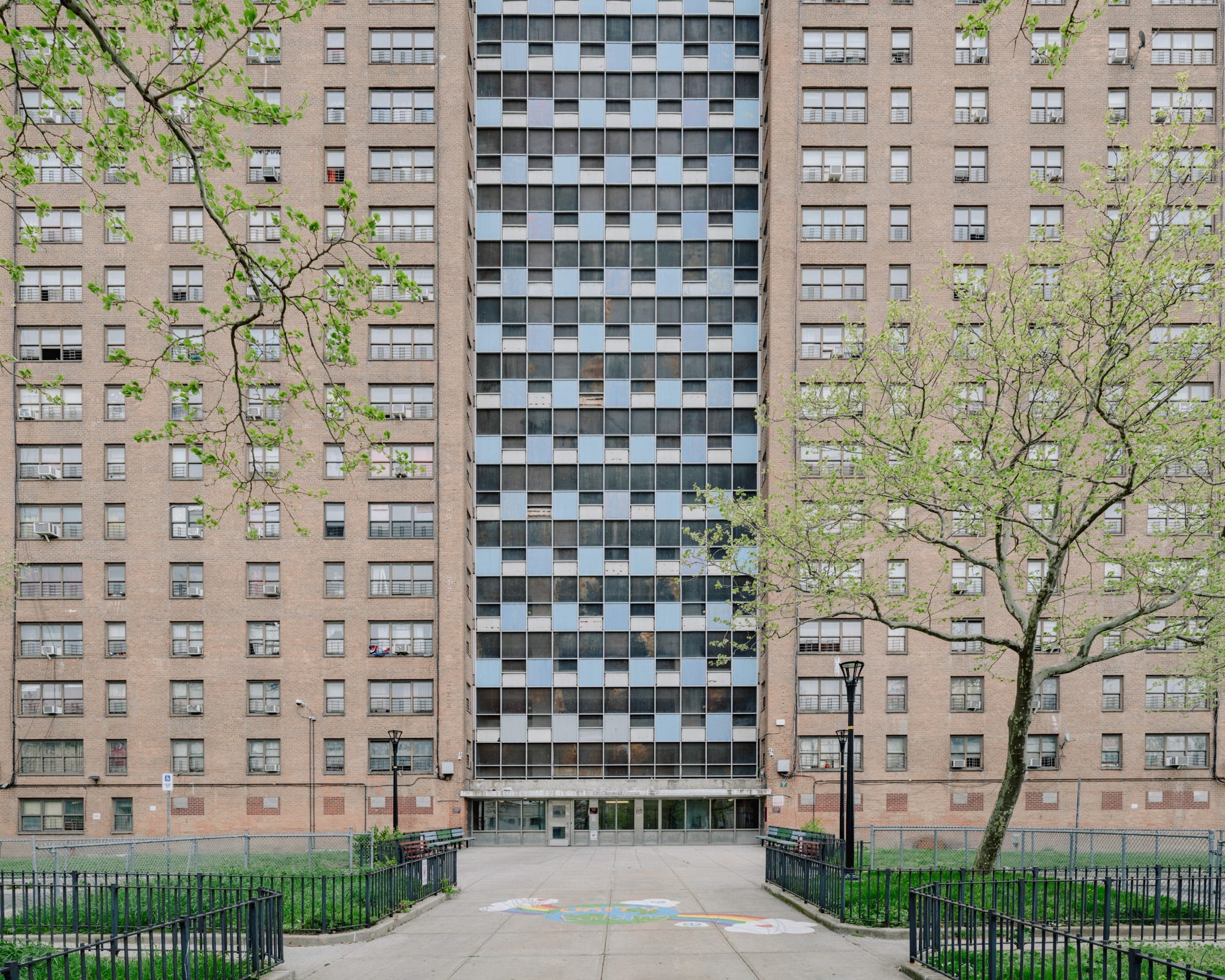

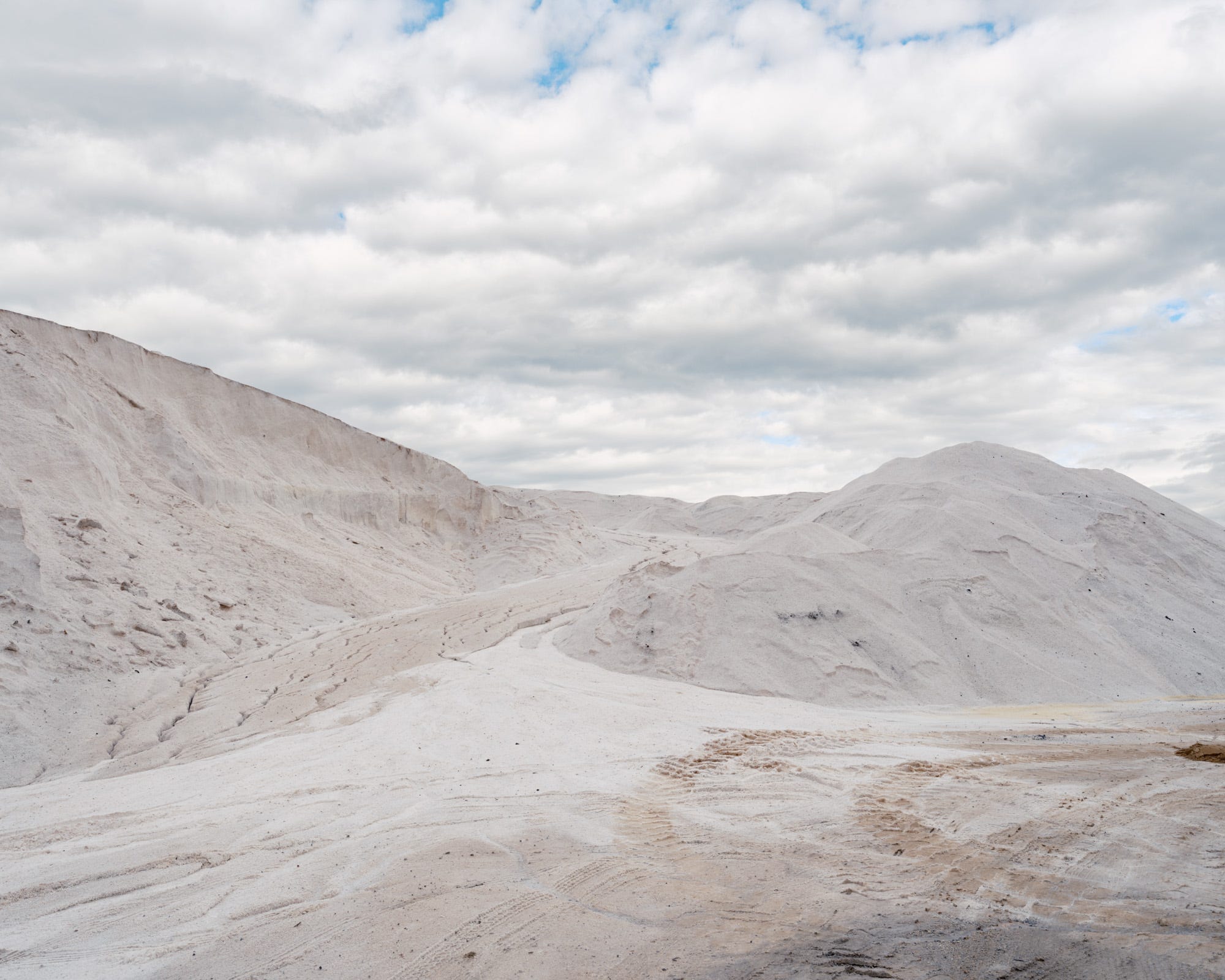

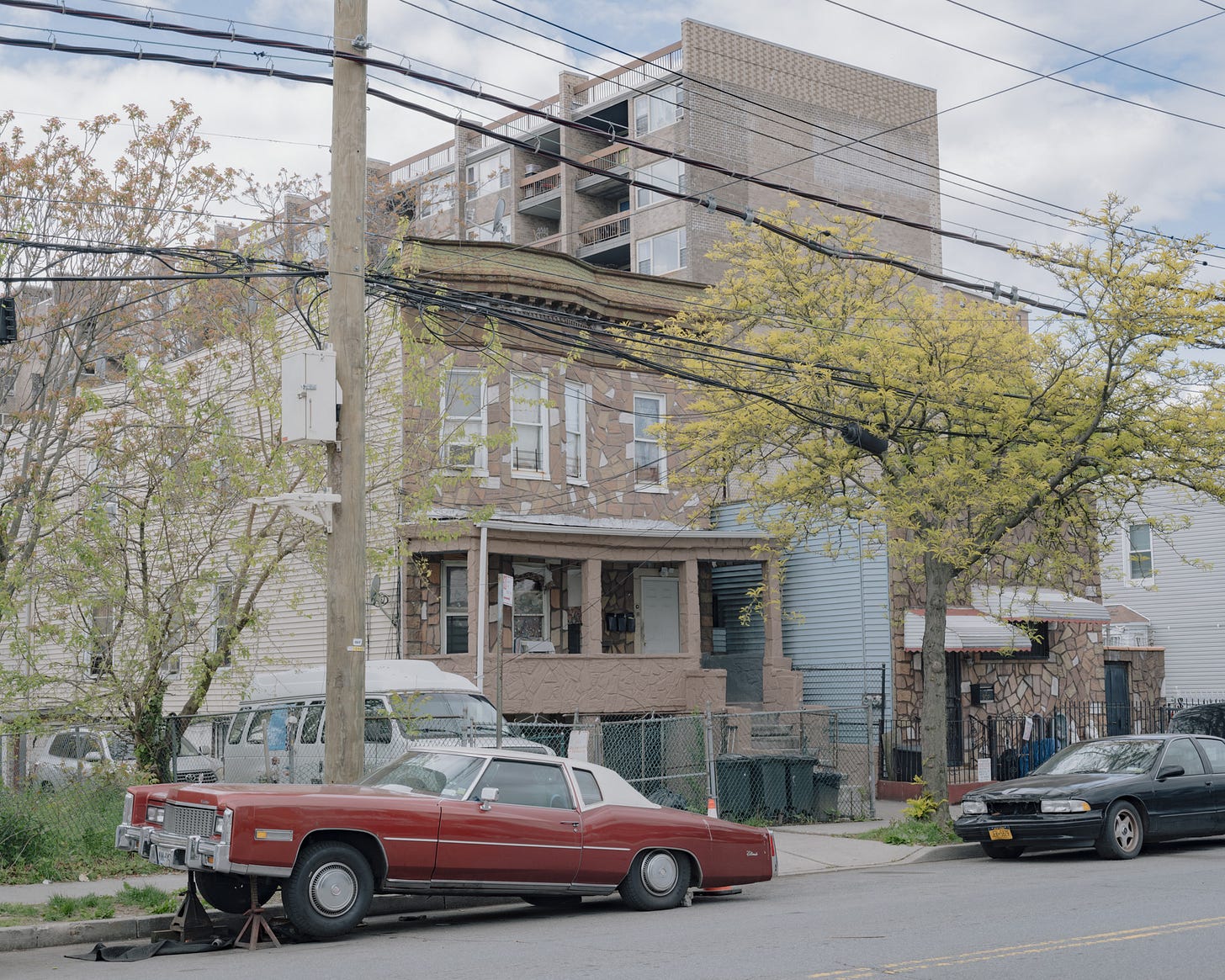
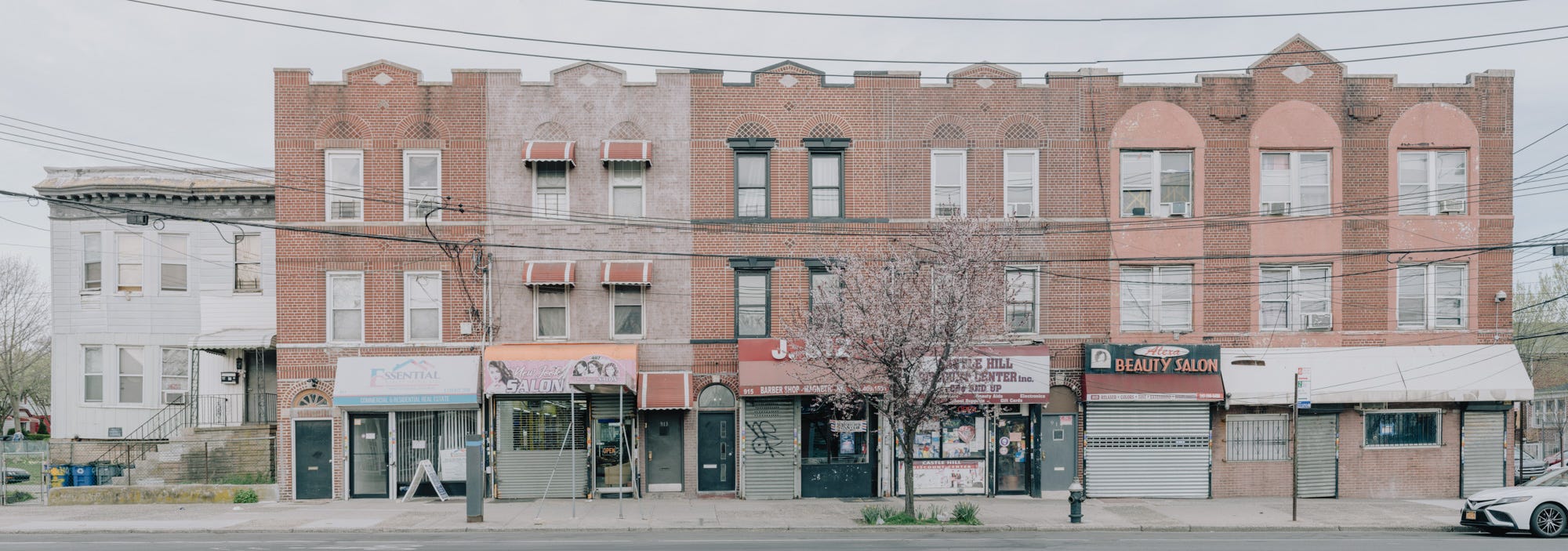
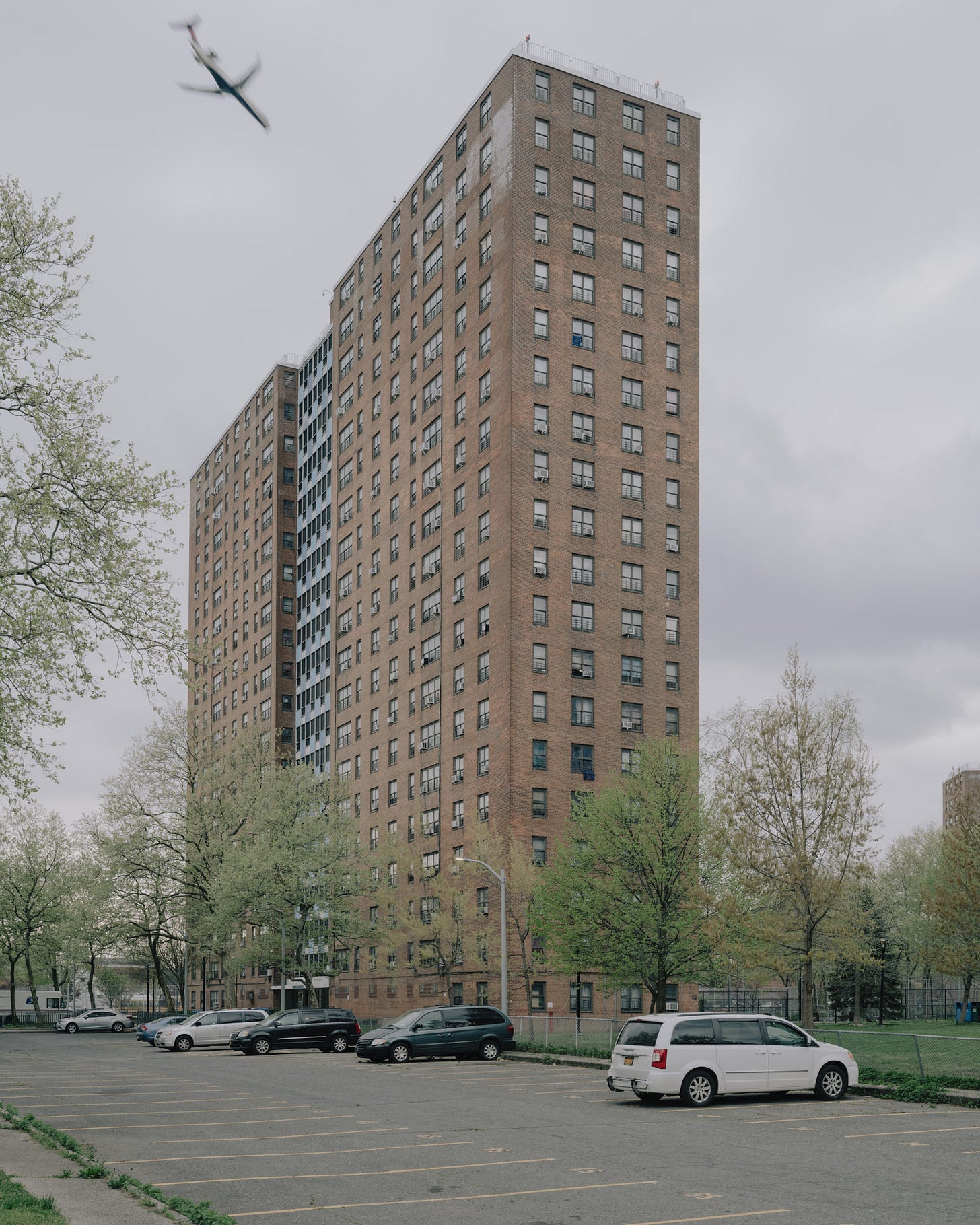
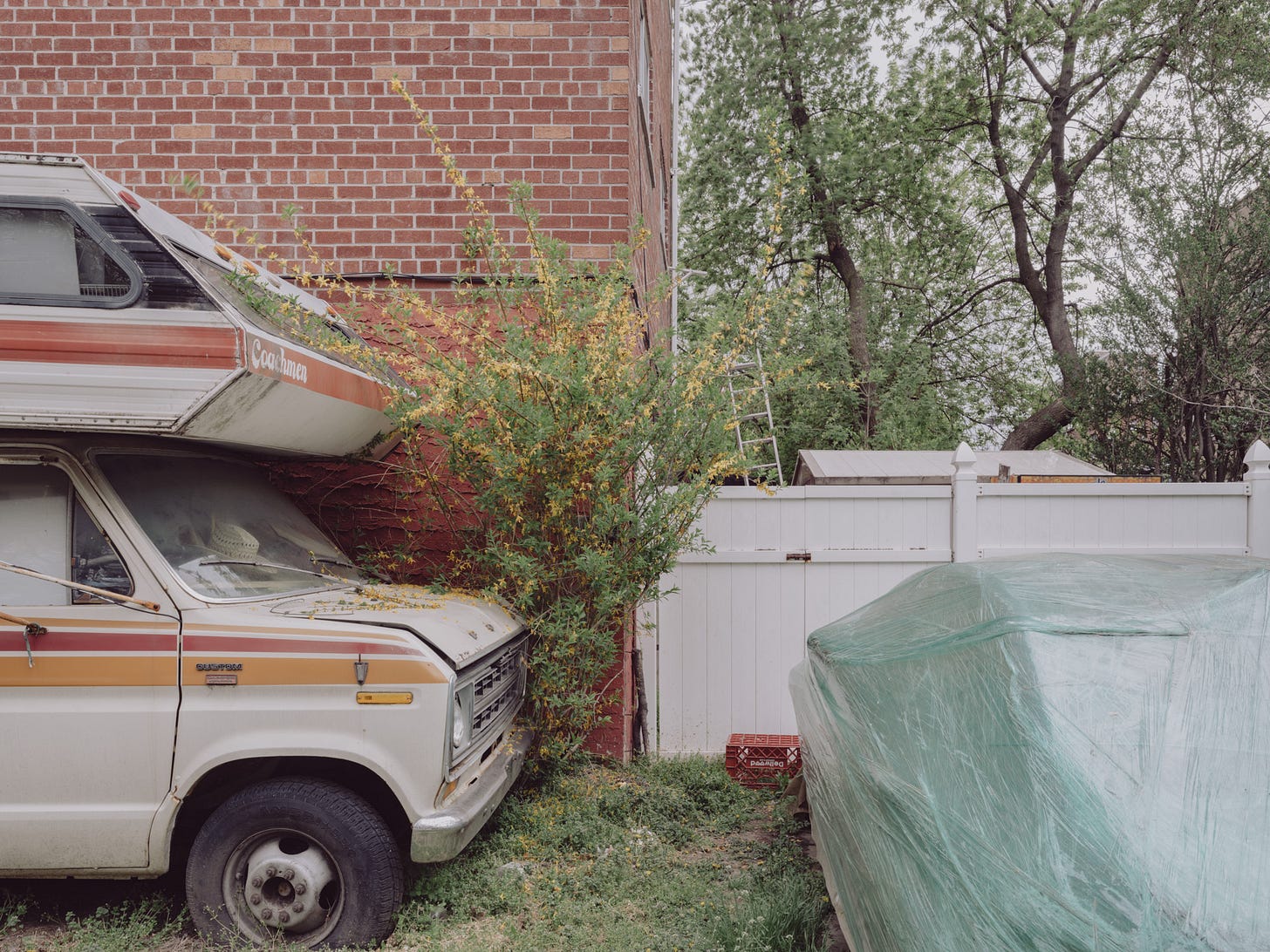
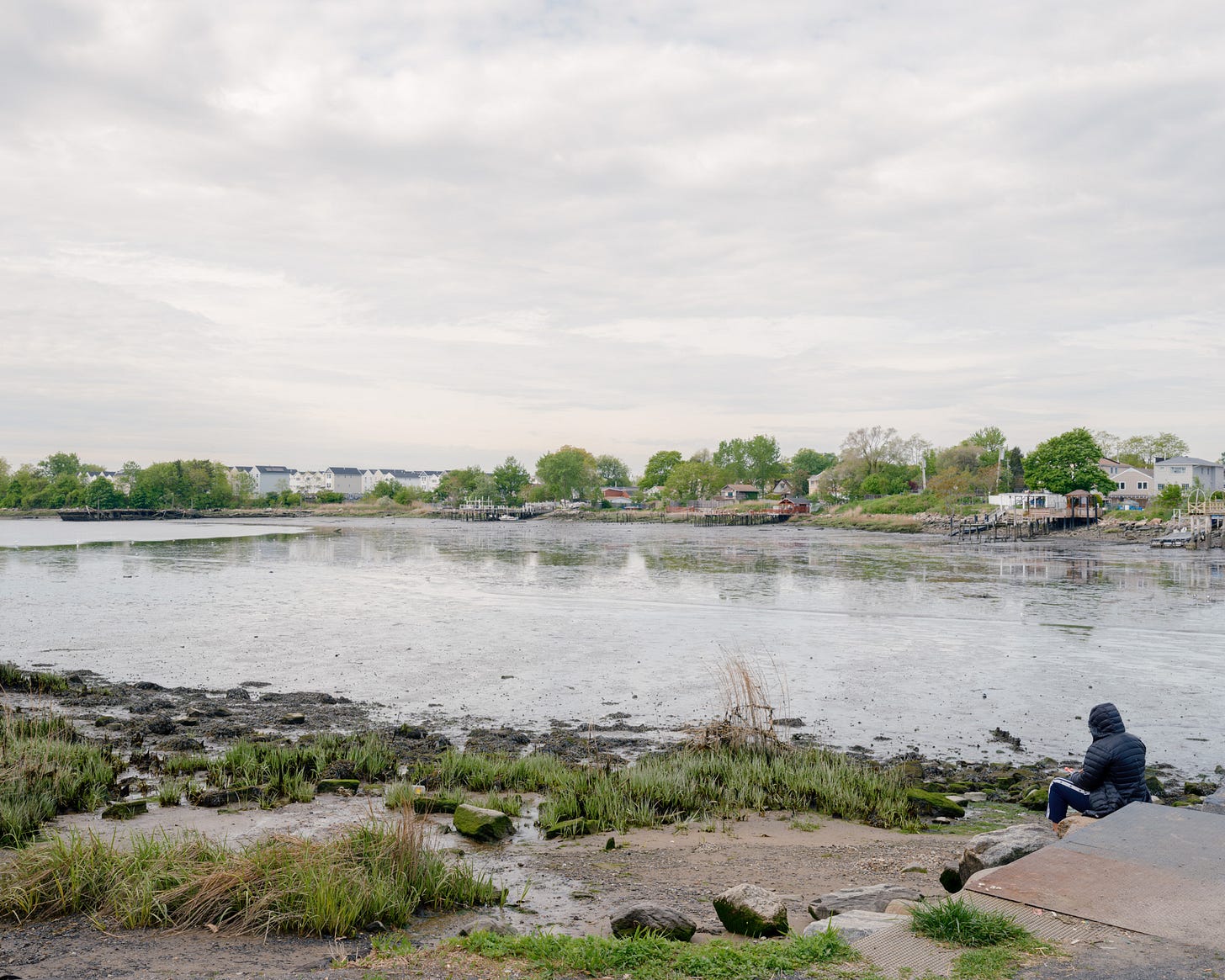
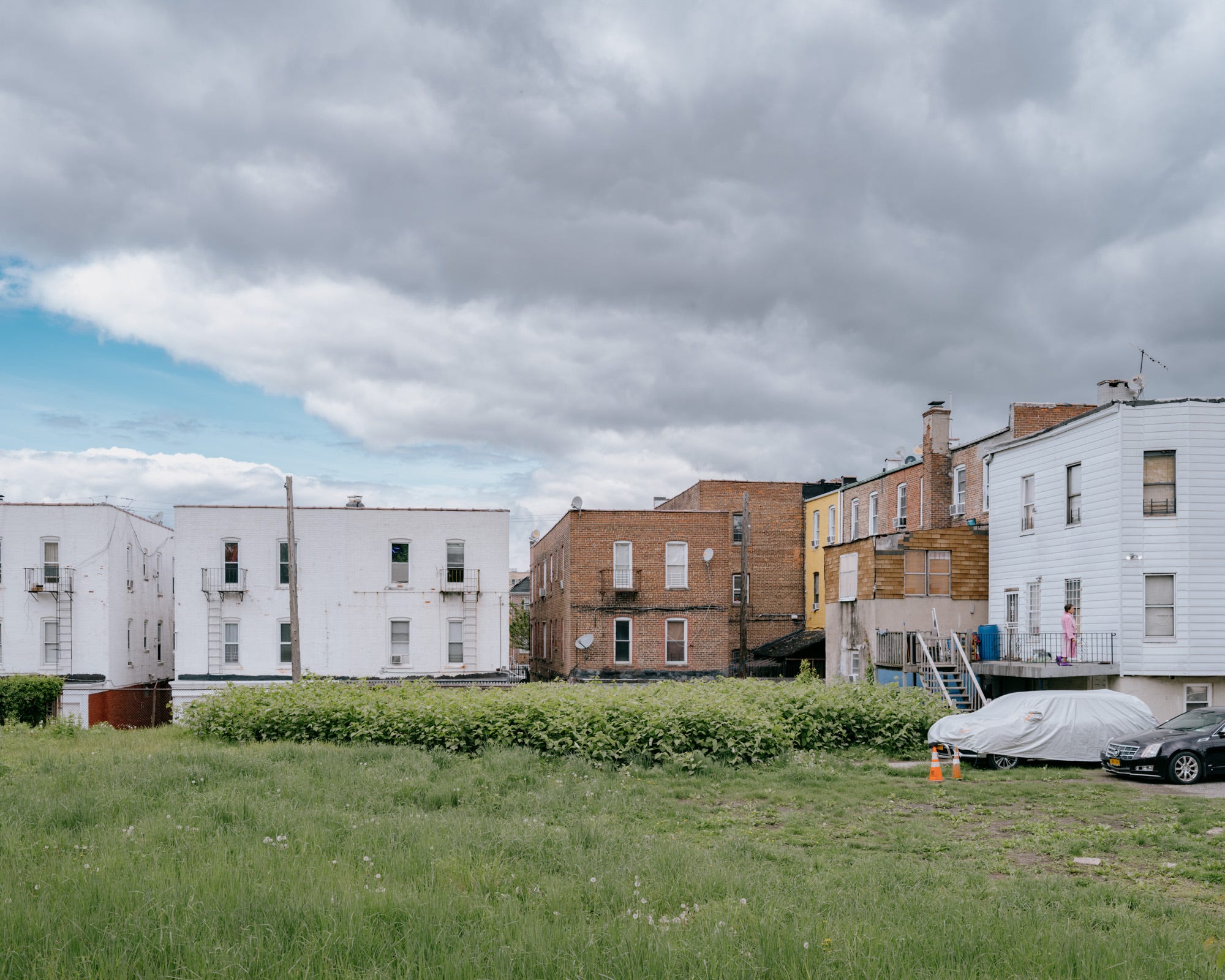
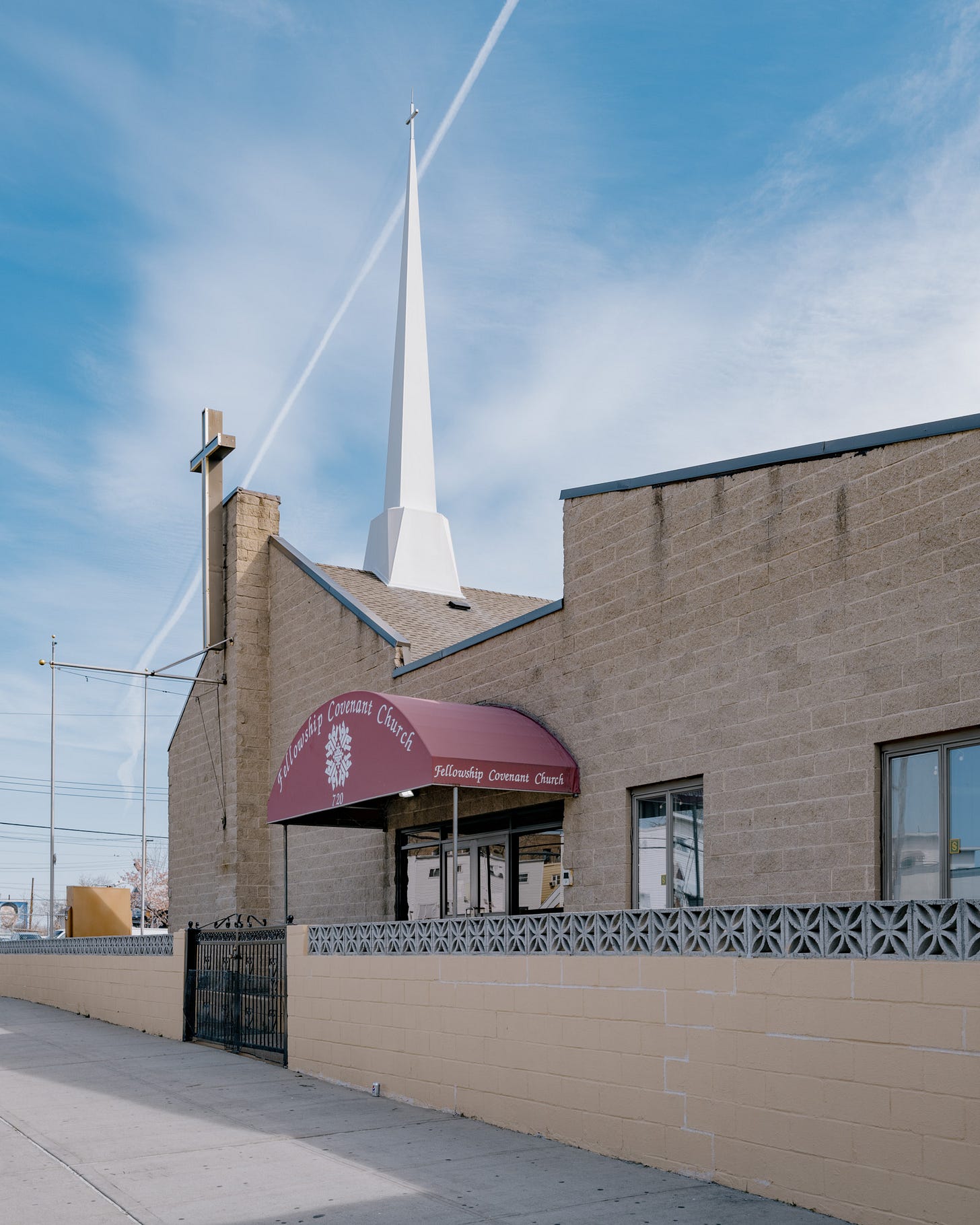
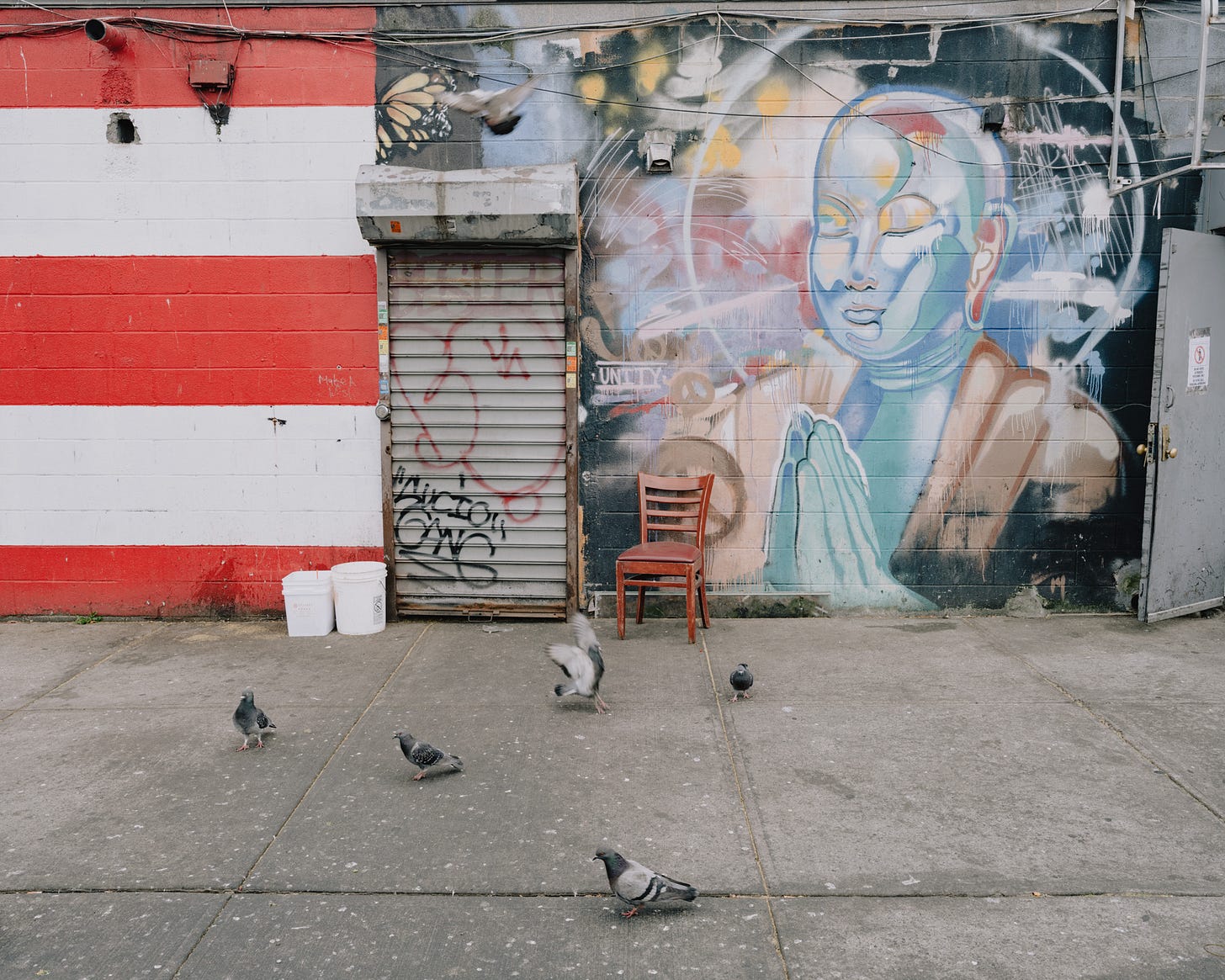

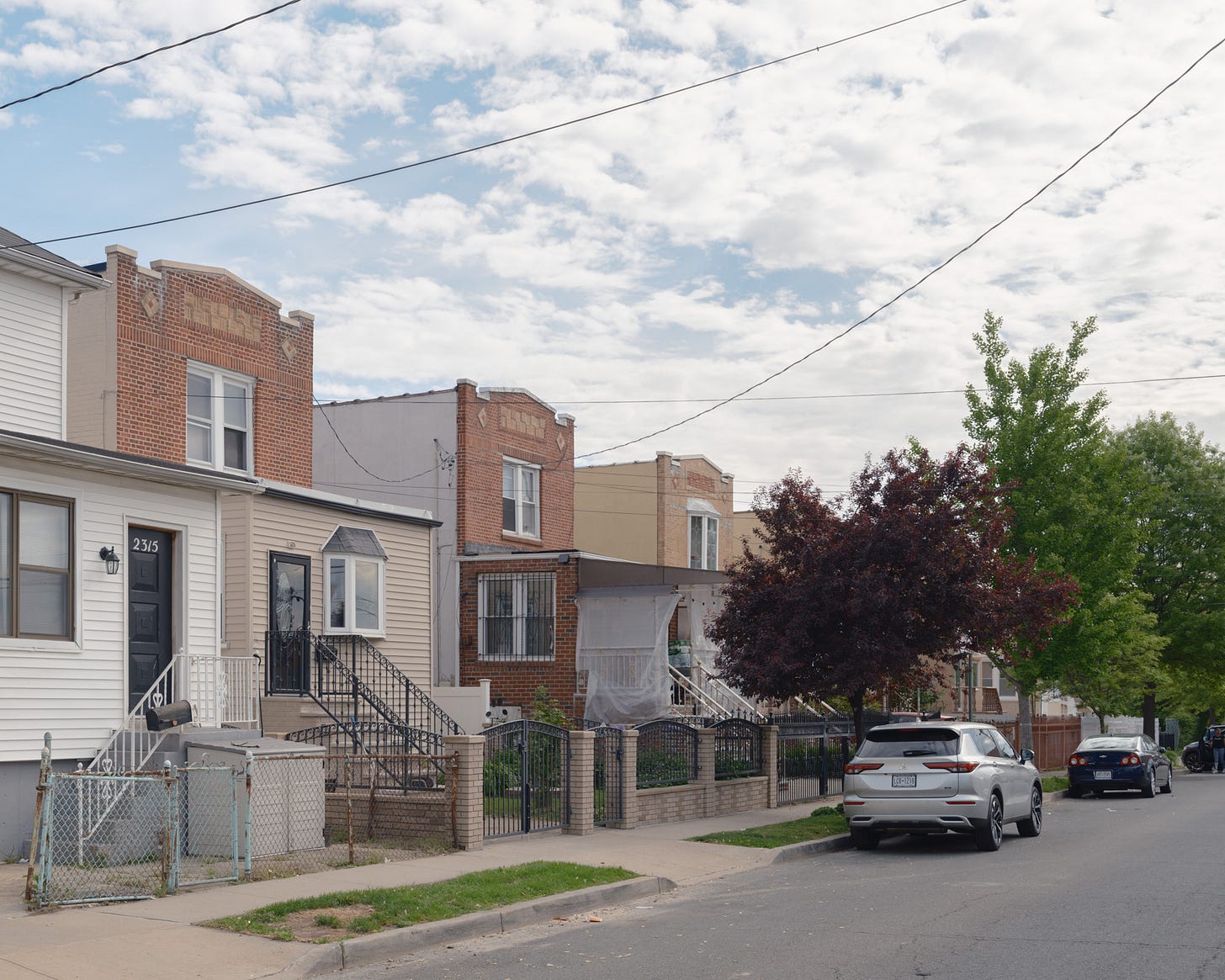
Rob,
I lived in the main building on castle hill ave from around 1959-1965. I have such wonderful memories of the castle hill beach club, my public school on pugsly Ave (PS138?), a McCrory's store across the street, and watching my older brother playing handball on the courts. We attended St. John Vianny Catholic Church. Your project & pics are so beautifully done. Thank you for reconnecting me with such meaningful memories of my youth & the fascinating historical info. Do you happen to know the address of that main building? Is it 635?
I love this project and your images and now I love your writing!